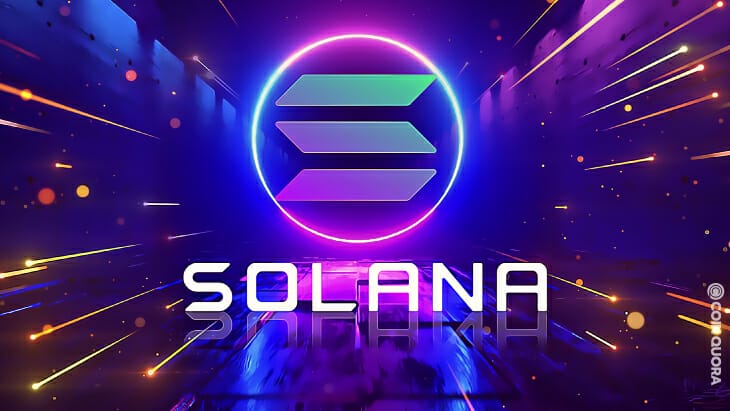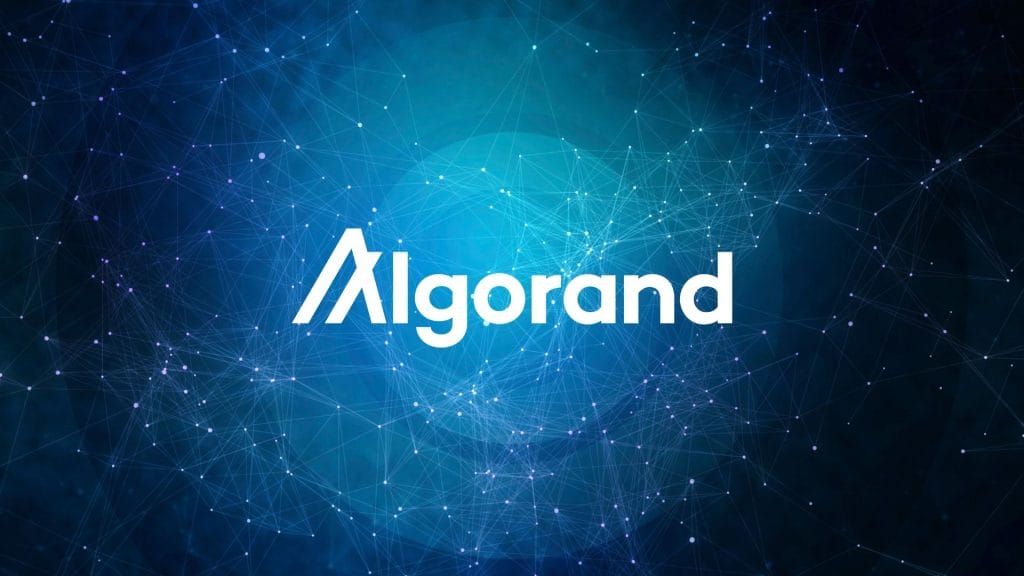BTCS (BTCS.OTC) announced that they’re expanding their blockchain infrastructure segment by launching a new staking operation on the Cardano blockchain today in a press release.
Cardano is colloquially called the ‘Ethereum killer’ because it basically functions like ethereum does, offering access to an infrastructure wherein smart contracts and decentralized applications can be produced at a fraction of the cost of Ethereum. It also uses the proof-of-stake consensus mechanism to reproduce, which is something that’s only beginning to be phased in for Ethereum.
“Recent price volatility in the digital asset space, which we consider immaterial to long-term use cases, has provided tremendous opportunity to grow our revenue-generating staking operations. Based on a detailed evaluation of key characteristics and metrics, we selected Cardano as the next addition to our staking program. We believe that Cardano’s blockchain quality, revenue potential, and technical difficulty provide a tremendous opportunity, and with existing as well as planned capabilities, we believe its token (ADA) is undervalued relative to its peer group,” said Charles Allen, CEO of BTCS.
BTCS touts itself as the first pure play U.S. publicly traded company focused on blockchain infrastructure and technology. They use their blockchain infrastructure operation to mine both cardano and ethereum, using the proof-of-stake mechanism, to get more coins. Given that the algorithms involved in proof of stake mining tend to reward those with the largest stake, this would make sense as a reasonable business plan. Certainly moreso than proof-of-work and it’s reliance on heavy volumes of electricity. At present, the company deployed its own Cardano pool and pledged approximately 258,000 Cardano tokens (ADA), which in theory should give them enough coins to stake effectively.
The company is also building two separate platforms to perform functions common to blockchains and trading. The first is a staking-as-a-service non-custodial platform to let users stake and delegate supported cryptos, and the second is a digital asset data analytics platform that lets users consolidate their trades fro multiple exchanges onto a single platform.
This way you can see your investments, analyze their performance, mitigate risk, and inspect potential tax implications. It’s an interesting idea because of the arbitrage potential—wherein you can observe the price fluctuations of coins on different exchanges.
Theoretically, you could use the data to form your arbitrage battle-plan and then disperse your coins to those exchanges from the central hub offered by BTCS. That’s definitely not what they intend for the platform, but if there’s money to be made.
Mostly with coin arbitrage, the only people making money are the exchanges themselves, but if you’re sufficiently eagle-eyed, it could work in your favour.
Regardless, a centralized hub storage for ADA and ETH is a fairly neat idea, but something of a homing beacon for bad actors.
There’s this line from the press release:
“The Company employs a digital asset treasury strategy with a primary focus on disruptive non-security protocol layer assets such as bitcoin and ethereum.”
But one has to wonder how tight security is at an organization like this when most security risks aren’t the brute-force Neuromancer style hackjobs, but usually back door social engineering involving well-meaning but ultimately gullible people.
Regardless, Cardano has a lot of excellent things going for it. It uses peer-reviewed scientific research in its update process, it’s identity management for simplification of processes requiring data collection from multiple sources, and it’s traceability, so a product’s manufacturing processes can be followed and audited at every step.
“Cardano has a leg up on many other altcoins because it lays out use cases across education, retail, agriculture, government, finance, and healthcare. Cardano’s undeniable strength rests in its focus on blockchain-based identity and traceability management solutions and creating a plausible decentralized financial system for the developing world instead of trying to target the entire smart-contract market,” said Michal Handerhan, COO of BTCS.
Naturally, we have all of this without addressing one of ethereum and cardano’s chief roadblocks—the fact that both can’t close transactions at scale yet. The scaling issue is a big deal for all blockchain. It’s the stumbling block for decentralized finance, because nobody wants to wait for prolonged periods of time for a financial transaction. Both of these blockchains have proposed scaling solutions—with Vitalik Buterin’s Ethereum 2.0 rollout and Charles Hoskinson’s hydra-sharding Basho edition.
“Given that Cardano’s team has real firepower on board to make the goals a reality, and have several foundations filled with talented people doing the legwork, Cardano has a real shot at adoption in key markets. Cardano represents a significant opportunity for investment should its financial ecosystem begin to take hold within the markets it is seeking to impact,” said Allen.
All of this is a moot point if neither blockchain can scale beyond their present capacity and it requires a certain amount of testicular (or ovarian, let’s not be sexist here) fortitude to take a leap on a company making a promise reliant on the promises made by two completely unrelated companies. But that’s where we are.
—Joseph Morton





